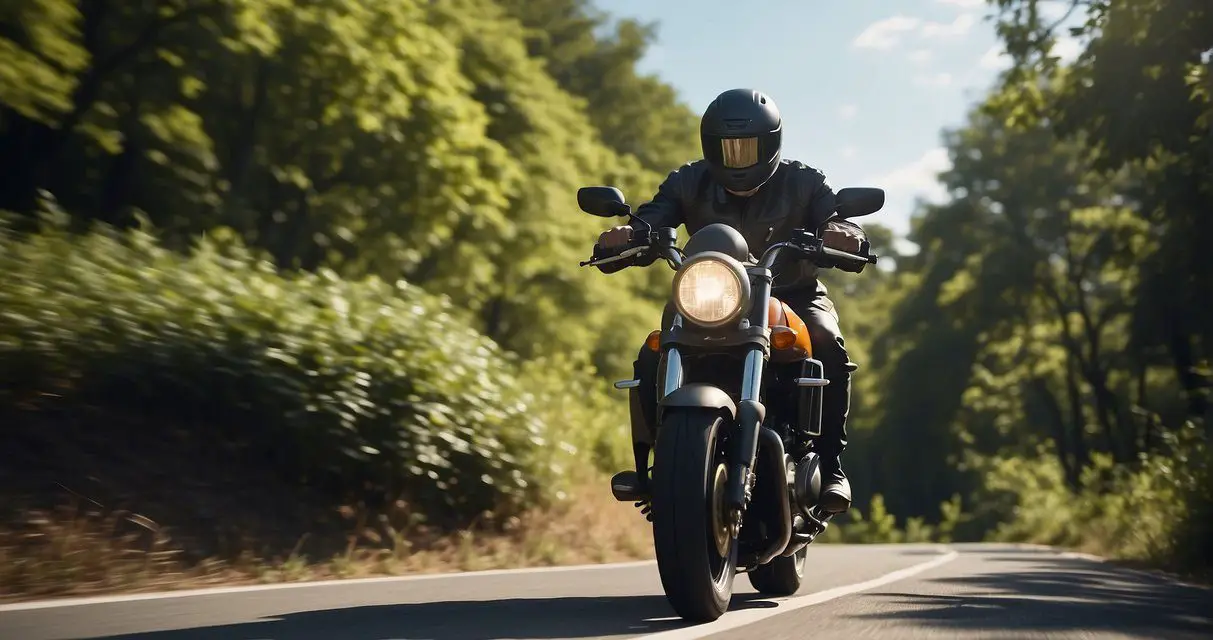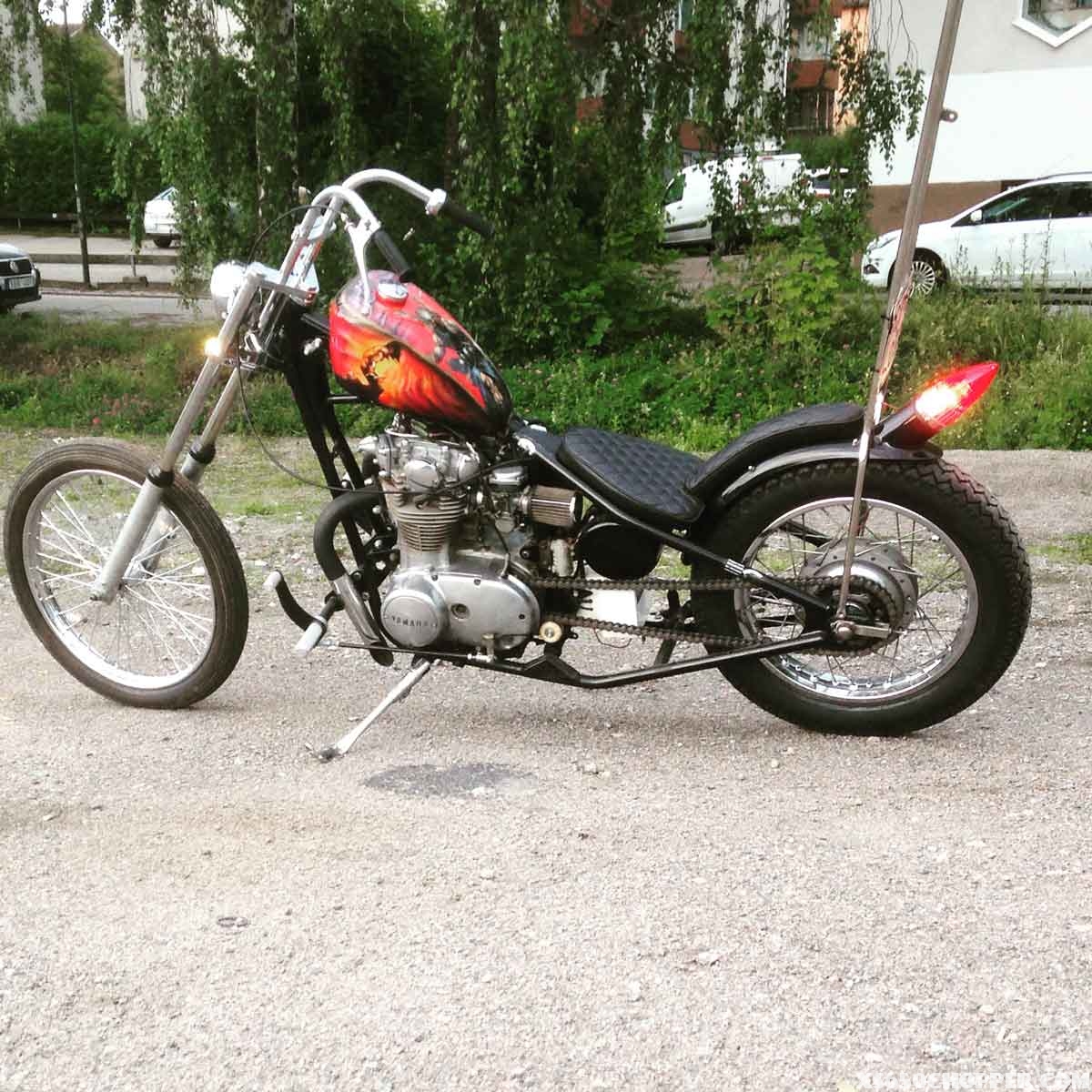As a new motorcycle rider, you may feel both excited and nervous about getting on the road. Riding a motorcycle can be a thrilling experience, but it’s important to remember that it comes with its own set of risks and challenges. To help you get started on the right foot, we’ve compiled a list of five tips that every new motorcycle rider should keep in mind.
1. Understand the Friction Zone
One of the most important things to understand as a new motorcycle rider is the concept of the friction zone. The friction zone is the range of motion in the clutch lever that allows you to engage the engine without stalling or jerking the bike forward.
To find the friction zone, start by sitting on your motorcycle with the engine off. Pull in the clutch lever and shift the bike into first gear. Slowly release the clutch lever until you feel the point where the engine starts to engage. This is the friction zone.
Once you’ve found the friction zone, practice using it to smoothly start and stop your motorcycle. Gradually release the clutch lever while giving the bike a little bit of gas. As you start to move, continue to release the clutch lever until it is fully released and the bike is moving forward.
It’s important to remember that the friction zone can vary depending on the motorcycle you’re riding. Some bikes have a larger friction zone, while others have a smaller one. Additionally, the friction zone can change depending on the temperature and condition of the clutch.
By understanding and mastering the friction zone, you’ll be able to start and stop your motorcycle smoothly and confidently. This will help you feel more comfortable and in control while riding, making it a safer and more enjoyable experience.
2. Practice Quick Stops on Different Surfaces

As a new motorcycle rider, it is essential to learn how to make quick stops on different surfaces. This skill can help you avoid accidents and stay safe on the road. Here are some tips to help you practice quick stops on different surfaces:
- Find an empty parking lot or a quiet road where you can practice. Start by practicing on a smooth, dry surface. Gradually move on to different surfaces, such as gravel, wet pavement, and uneven terrain.
- Practice using both brakes to stop quickly. Apply the front and rear brakes simultaneously, but avoid locking them up. If you feel the wheels start to skid, release the brakes and try again.
- Keep your body upright and your eyes focused on where you want to stop. Avoid looking down at the ground, as this can cause you to lose balance.
- Start at a slow speed and gradually increase your speed as you become more comfortable. Practice stopping from different speeds, such as 10 mph, 20 mph, and 30 mph.
- Keep practicing until you can make quick stops confidently and safely on different surfaces. Remember, the more you practice, the better you will become.
3. Use Your Knees for Grip
When riding a motorcycle, it’s essential to have proper control over the bike. One way to achieve better control is by using your knees for grip. Here are some tips to help you use your knees effectively:
- Position your knees against the gas tank: When you’re riding, keep your knees against the gas tank. This will help you maintain stability and balance while riding. It also prevents you from sliding forward or backward on the seat.
- Squeeze your knees: Squeeze your knees against the gas tank to maintain a firm grip. This will help you control the bike and reduce fatigue in your arms and hands.
- Use your legs as shock absorbers: By using your knees as shock absorbers, you can reduce the impact of bumps and uneven terrain. This will help you maintain control of the bike and reduce the risk of accidents.
- Adjust your position when turning: When you’re turning, adjust your position on the bike to maintain a good grip with your knees. This will help you maintain control of the bike and prevent it from sliding out from under you.
- Practice: The more you practice using your knees for grip, the better you’ll become at it. Take some time to practice in a safe area before hitting the road.
By using your knees for grip, you’ll have better control over your motorcycle. It’s a simple technique that can make a big difference in your riding experience. So, practice and stay safe on the road!
4. Learn to Use Your Peripheral Vision
When you’re riding a motorcycle, it’s crucial to be aware of your surroundings. One way to do this is by using your peripheral vision. Your peripheral vision allows you to see what’s happening on the sides of your motorcycle without having to turn your head.
To use your peripheral vision effectively, you need to keep your eyes moving. Don’t focus on one spot for too long. Instead, scan the area around you, looking for potential hazards. This will help you react quickly if something unexpected happens.
Another way to use your peripheral vision is by using your mirrors. Make sure your mirrors are properly adjusted and use them to keep an eye on what’s happening behind you. This will help you anticipate any potential dangers and react accordingly.
It’s also important to be aware of blind spots. Every motorcycle has blind spots, which are areas that you can’t see with your mirrors or peripheral vision. Make sure you know where your blind spots are and take extra care when changing lanes or turning.
5. Develop a Pre-Ride Ritual
As a new motorcycle rider, it’s essential to develop a pre-ride ritual to ensure that you’re safe and prepared before hitting the road. Here are a few tips to help you create a pre-ride routine that works for you:
- Check your bike: Before every ride, make sure to check your motorcycle’s tires, brakes, lights, and oil levels. This will help you identify any potential issues that could affect your safety on the road.
- Gear up: Always wear the appropriate safety gear, including a helmet, gloves, boots, and protective clothing. Make sure that your gear fits properly and is in good condition.
- Warm up: Take a few minutes to warm up your motorcycle before riding. This will help ensure that your bike is running smoothly and will also help you get a feel for the controls.
- Plan your route: Before setting out, plan your route and familiarize yourself with the roads you’ll be riding on. This will help you avoid getting lost or ending up in unfamiliar territory.
- Mentally prepare: Take a few deep breaths and mentally prepare yourself for the ride ahead. Focus on the road and your surroundings, and stay alert for any potential hazards.








